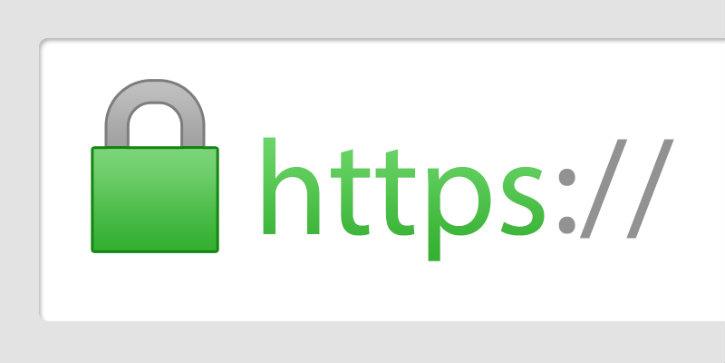A few days ago, I got a WhatsApp message from a family member. I opened it and it was a link for scholarships in Scotland. Unusual of me, I was not thinking. I just went ahead and clicked on it. It was after I had clicked absent-mindedly, I realized the link was fake! The terrible thing was I had broadcasted it already by mistake. I had to take my time to reach everyone I sent it to and asked them to delete it completely, that it was a phishing link. A friend even scolded me afterward, stating that was not supposed to be from me. On the other hand, my family member knew less. She is advanced in age and innocently shared. I also reached her and asked her not to share the link anymore, that it was bait.
I learned two things on that day…One was not to click on just any link without scrutinizing it consciously. The second was there are so many persons out there who see and believe in what I do, even if they do not say it.
That experience got me thinking…. “How do you actually identify a real URL(Uniform Resource Locator) from a fake one?”
The Internet may be a very convenient way to connect with loved ones, do your shopping, and even watch a movie to pass the time. However, it can also be a dangerous place. If you’re not careful, you can end up getting scammed out of your money, or worse, your identity. So here are a few simple ways you can keep yourself safe.
1. Check The URL

ImageSource:https://towardsdatascience.com/
The arguably simplest way to know whether you’re on a legitimate website or a phishing cesspool is to check the URL. Fraudulent sites have to look authentic, but they cannot have the same name as the original. Typically, this will involve a missing or replaced letter, such as www.icicbank.com, which is missing the last ‘i’ in the name of the bank within the URL.
2. Look For The HTTPS

ImageSource:https://www.indiatimes.com/technology/how-to/
Shopping and banking websites have to have the HTTPS protocol, which is reflected in their web address, as opposed to just HTTP://, where the ‘s’ stands for secure. Even a legitimate website without this protocol can be easier to breach, so you might want to take a minute to reconsider before using your credit card here. The lock and HTTPS symbols are important trust indicators
3. Trust Your Software
Use a trusted updated browser like Chrome, Firefox, Edge, or Safari. These have built-in features that let you know when you’re about to visit a website that has a bad user rating or has been reported as a scam site before. In addition, most major antivirus software also has browser extensions available that display a trust score next to web links, to tell you just how safe the website is. Don’t disregard all of this information.
4. Read Before Interacting

ImageSource:http://www.fanpop.com/clubs/disney-princess/
Plan to buy a device from a website? Read through its pages first. Bad English is one telltale sign of a scam, as is an empty or sparse ‘Contact Us’ page. You can also manually search the company’s name. If there’s an authentic website, it’ll show up at the top of your search, and typically fraud sites and companies will not have much of a digital footprint.
5. Check For Ads

ImageSource:https://equalifieds.com/blog/
If a website has too many ads and popups, it’s likely a scam. The legitimate website doesn’t want to chase users away with a horrible experience filled with ads. When the website ignores that, it’s probably because the primary goal is to sell you ads, with a secondary goal being to scam someone gullible enough to still click.
6. Check The WHO.IS Listing

ImageSource:https://www.seahorsecreative.co.uk/
This is more for advanced users, you can check a website’s who.is listing, to see who owns the website, what address it’s registered to, and even when it was first registered.
7. Constant vigilance

ImageSource:https://www.booster.com/
Lastly, never let your guard down. When it comes to purchasing something online or logging into your bank account, or doing anything that you think is important online, take a pause and make sure that you’re not being cheated. Don’t be in a hurry and don’t let the bad guys win.

